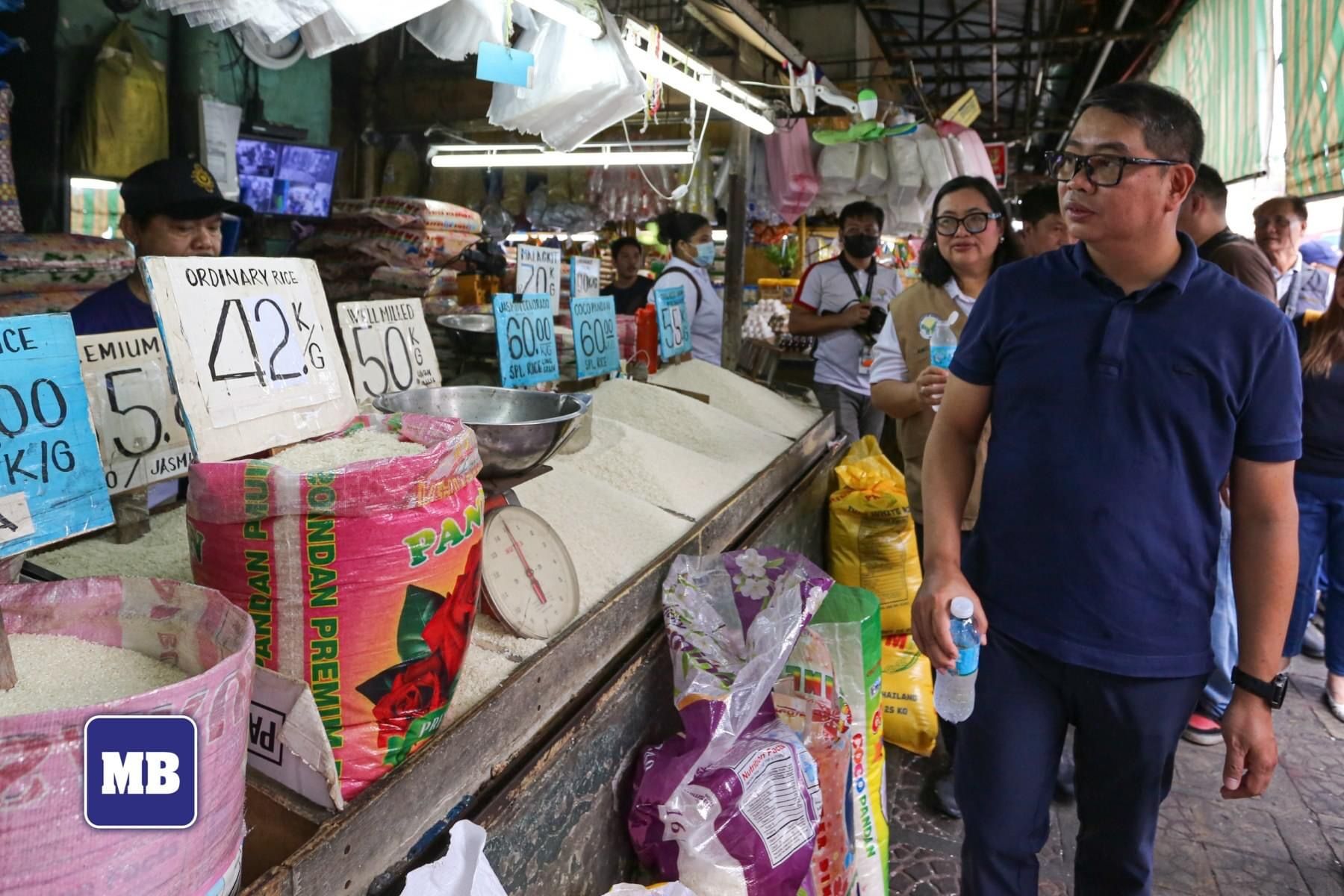Marcos' rice tariff cut yields minimal price drop, less than ₱1/kilo after 5 months—farmers' group
By Jel Santos

Nearly five months after President Marcos signed Executive Order No. 62 to reduce tariffs on imported rice, prices have dropped by less than ₱1 per kilogram, farmers’ group Kilusang Magbubukid ng Pilipinas (KMP) said on Monday, Nov. 11.
In a statement, KMP National Chairperson Danilo Ramos criticized the limited impact of the order, which cut tariffs on imported rice from 35 percent to 15 percent.
Ramos pointed to recent data from the Philippine Statistics Authority (PSA), showing that the price of regular-milled rice in October averaged ₱50.22 per kilo, a decline of only ₱0.44 from ₱50.66 per kilo in August.
“Walang signipikanteng paggalaw sa presyo ng bigas limang buwan matapos lagdaan ni Pangulong Marcos Jr. ang EO 62 na nagpababa sa taripa ng imported na bigas mula 35 percent tungong 15 percent (There has been no significant movement in rice prices five months after President Marcos Jr. signed EO 62, which reduced the tariff on imported rice from 35 percent to 15 percent),” he said.
“Kung meron mang bumagsak sa pagkakalagda ng EO 62, ito ay ang presyo ng lokal na palay na dumausdos mula ₱25/kilo tungong ₱15-₱18 kada kilo. Higit itong ikinalugi ng mga magsasaka na nagkapatung-patong na ang utang dahil sa sunud-sunod na kalamidad na tumama sa bansa (If anything dropped after EO 62 was signed, it was the price of local palay, which fell from ₱25 per kilo to ₱15-₱18 per kilo. This has led to even greater losses for farmers, who are already burdened with debt due to the series of calamities that have hit the country),” he went on.
The Manila Bulletin has sought a statement from the Department of Agriculture (DA) on KMP’s claim that rice prices have dropped by less than ₱1 per kilogram nearly five months after President Marcos signed Executive Order No. 62. As of writing, the agency has not provided a response.
Ramos has called for measures to reduce rice prices without disadvantaging local farmers.
The progressive group’s proposals include banning agricultural land conversions that threaten rice production, halting imports in favor of boosting local food production through government support, cracking down on rice cartels and agricultural smuggling, and setting up government programs to purchase farm products directly from farmers to stabilize prices.
Ramos added that farmers also need swift and sufficient relief and livelihood assistance following natural disasters like typhoons and droughts, which further impact local agriculture.
DA Secretary Francisco Tiu Laurel Jr. earlier said the full effects of the tariff reduction will be felt by the public by January 2025.
On June 20, President Marcos enacted Executive Order (EO) 62, which lowered rice tariffs from 35 percent to 15 percent, leading to the influx of imported rice into the country.
“The DA estimates by mid-October dapat pababa na iyan slowly, but the full effects should be felt by January of 2025 (The DA estimates that by mid-October, it should start decreasing slowly, but the full effects should be felt by January 2025),” Laurel said, referring to the price of rice.
“Marami pa tayong stocks ng, iyong stocks na imported na nabili ng mahal paubos na (We still have a lot of stocks, but the expensive imported stocks that were purchased are nearly depleted).”